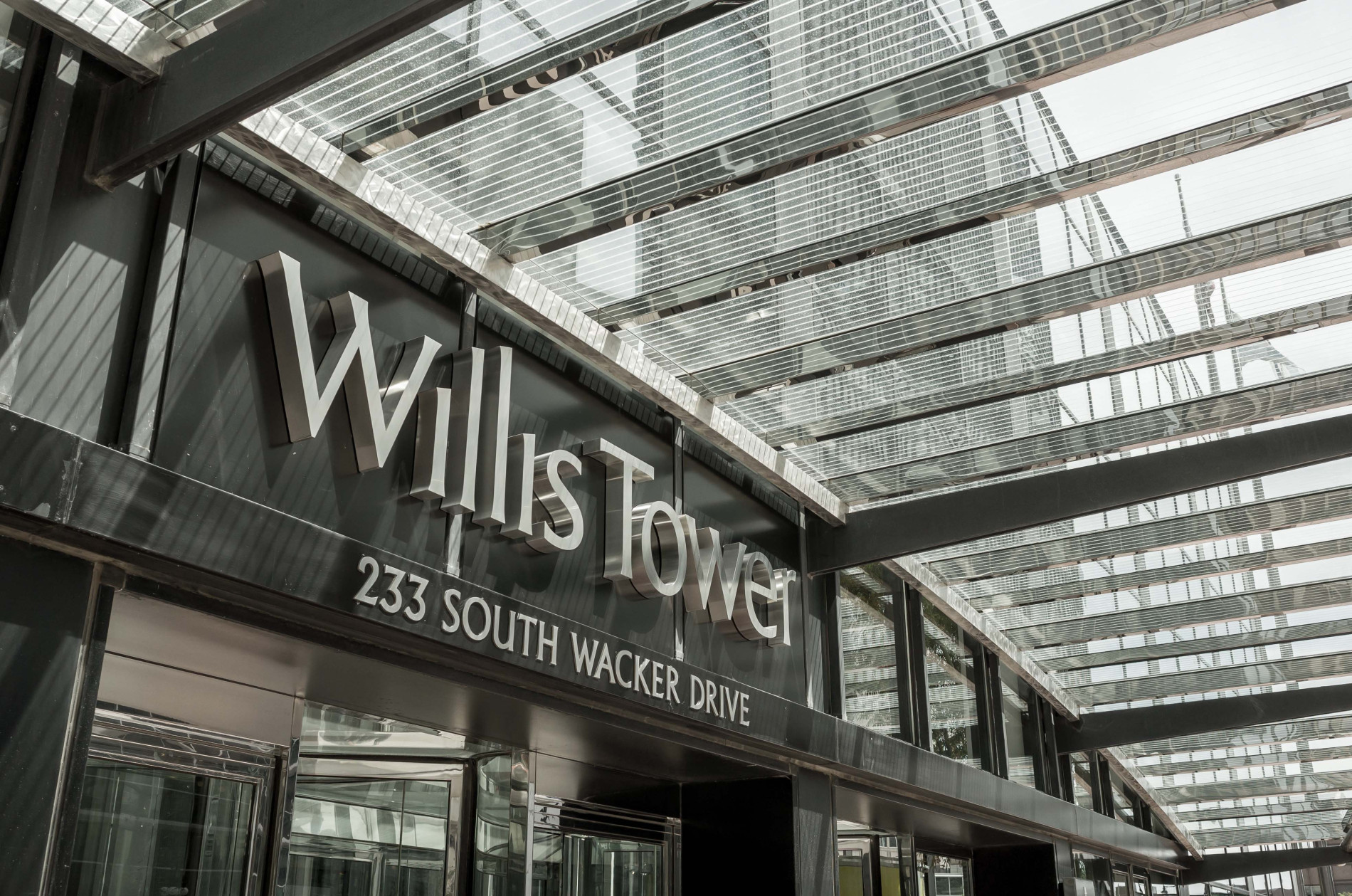16,000 windows and counting - secrets of Chicago’s glassy giant
Towering over the Windy City, the Willis Tower (formerly Sears Tower) is a masterpiece of construction excellence, holding the coveted title of the world's largest glass building. But beyond its imposing height and sleek facade, lies a story of architectural ingenuity and a captivating interplay of light and space, as we discovered when we peeled back the layers of this iconic structure to unravel the reasons behind its remarkable glass crown.
In a city renowned for its bold architectural statements, the Willis Tower stands out with its unprecedented use of glass. Some 16,000 panes, meticulously installed, create a shimmering envelope that reflects the ever-changing Chicago sky. This wasn't merely an aesthetic choice. The architects, Skidmore, Owings & Merrill, sought to achieve several objectives.
The first was to flood the interior with natural light, replacing opaque walls with glass windows to maximise natural light penetration, reducing reliance on artificial lighting and creating a more vibrant and uplifting ambiance for occupants.
The second objective was to dissolve the boundaries, blurring the line between the building and its surroundings, virtually inviting the cityscape into the very heart of the structure. This fostered a sense of connection with the bustling life outside, enhancing the user experience.
The extensive glass cladding, included in the design, visually "lightened" the building's imposing height. Compare it to the Empire State Building, clad in dark stone and opaque windows. While both are giants, the Willis Tower appears more ethereal and less domineering thanks to its shimmering glass skin.
But how does the Willis Tower's glass dominance compare to other iconic structures? Let's take a peek. The Empire State Building has just 6,514 panes of glass, the Louvre in Paris just 673 glass triangles. Only the Crystal Palace, built in London in 1851 and now no longer with us, would have beaten this record with a mighty 300,000 panes.
The sheer amount of glass on the Willis Tower posed unique challenges. Wind resistance, thermal regulation, and structural integrity were paramount concerns. To counteract wind sway, the building utilises a "bundled tube" design, with nine square steel tubes bundled together. Additionally, special coatings on the glass help regulate temperature and reduce glare.
The Willis Tower's glass crown is more than just a glittering facade. It represents a pioneering spirit, a bold attempt to merge architecture with the urban landscape. As cities strive for greater sustainability and transparency, the Willis Tower stands as a beacon of innovation, reminding us that sometimes, the most breathtaking landscapes are not just those we see, but those we create.
Sources:
- https://theskydeck.com/the-tower/past-future/
- https://www.brightsparktravel.com/blog/5-things-you-didnt-know-about-the-willis-tower
- https://www.reddit.com/r/chicago/comments/nhhdi8/did_you_guys_know_the_sears_tower_has_window/
- https://skyscraperpage.com/for...

Additional Articles

Why everyone has a favourite skip and what it says about you
In construction, there are two universal truths – tea, of course, is essential and believe it or not, everyone - whether they are prepared to admit it - has a favourite skip. It may sound strange,...
Read moreThe cultural significance of the bacon roll in UK construction
Walk onto any construction site in the UK at 7:30am and you’ll quickly discover that the most important piece of equipment isn’t a digger, a drill or a laser level. It’s a humble, foil-wrapped,...
Read more

Check out the odd things unearthed on construction sites
Dig deep enough on a construction site and you might be amazed at what you find. In fact, if there is anywhere destined to uncover hidden treasures, you are in the right place. Large-scale ground...
Read more